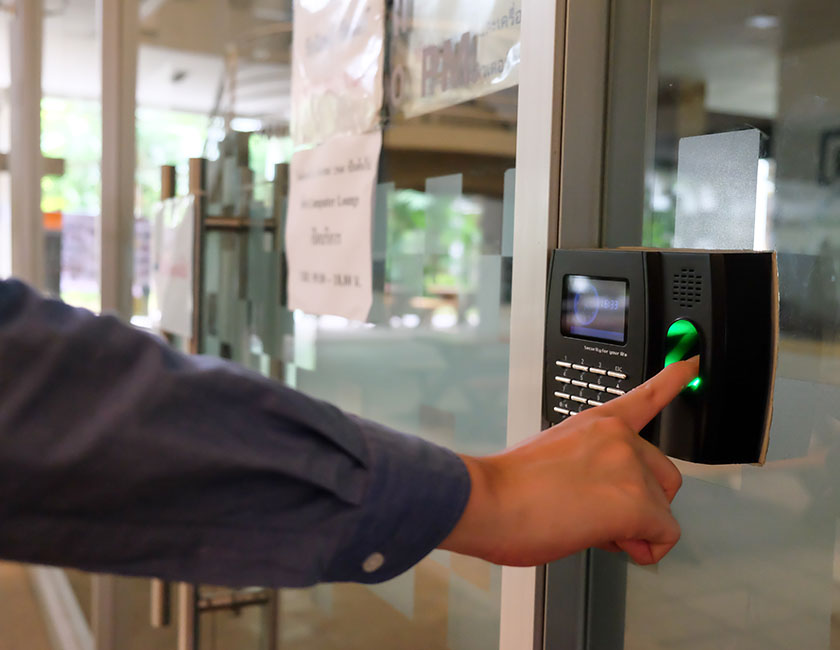There is a lot of confusion between video surveillance and video monitoring. Many people use the terms interchangeably, but they are actually quite different. In this article, we will explain the difference between video surveillance and video monitoring and provide a comprehensive guide on choosing the right solution for your business.
What is Video Monitoring?
Video monitoring is the process of watching live or recorded video footage to detect and prevent security threats. It is often used in conjunction with other security measures, such as alarm systems and security guards.
Video monitoring can be done in-house or outsourced to a security company. In-house monitoring is generally cheaper, but it can be difficult to find qualified staff to monitor the footage. Outsourced monitoring is more expensive, but it is often more reliable and provides round-the-clock coverage.
What is Video Surveillance?
Video surveillance is the use of video cameras to capture images of people or objects in order to monitor their activities. Video surveillance systems are commonly used by businesses, schools, and government organizations to improve security and protect property.
Video surveillance systems can be used to monitor activities inside and outside of a building, and can be used to identify and track individuals. Video surveillance systems typically consist of several video cameras, a video recorder, and a viewing monitor. The video cameras capture images of people or objects, which are then stored on the video recorder. The viewing monitor allows the user to view the live or recorded video footage.
Video Monitoring or Video Surveillance: Which One Should You Choose?
When it comes to security, there are two main types of systems you can choose from – video monitoring and video surveillance. Both have their own set of benefits, so it’s important to understand the difference before making a decision.
Here are 5 factors to consider when choosing between video monitoring and video surveillance:
- Cost
Video surveillance systems tend to be more expensive than video monitoring systems. This is because they require more hardware, such as cameras, and often need to be professionally installed.
- Ease of use
Video monitoring systems are generally much easier to use than video surveillance systems. This is because they often come with user-friendly apps that can be accessed from your smartphone or tablet.
- Flexibility
Video monitoring is a more flexible option when it comes to security. You can use it for various purposes, such as keeping an eye on your kids or pets while you’re away from home.
Video surveillance, on the other hand, is designed specifically for security purposes. It can be used to monitor your home or business for intruders, but it can’t be used for other purposes.
- Scalability
Video monitoring is a scalable solution, which means you can add or remove cameras as needed. This is ideal if you only need a few cameras to start with and want the option to add more later on.
Video surveillance is not as scalable since it requires a more complex setup. This means it’s not as ideal if you’re not sure how many cameras you need or if you might need to add or remove cameras in the future.
- Privacy
Video monitoring can be a more private solution since you can choose who has access to the cameras. This is ideal if you’re concerned about privacy and only want certain people to be able to view the footage.
Video surveillance is less private since it’s designed to be shared with law enforcement or other security personnel. This means anyone with access to the footage can view it, which may not be ideal if you’re concerned about privacy.
Conclusion
Video surveillance and monitoring are two different types of security measures, each with its own advantages and disadvantages. Video surveillance involves recording video footage of a certain area or activity, while monitoring involves actively observing and responding to any potential threats. While both can provide a sense of security, each has its own benefits and drawbacks. Video surveillance can provide long-term evidence of activity, while monitoring can provide real-time protection. Ultimately, the decision of which type of security measure to use will depend on the specific needs of the situation.
Protecting your business and your home should always be a priority, which is why you need to work with a security company you can rely on. Infrasecure provides high-quality security solutions that are tailored to your specific needs. From commercial security systems to residential security cameras, we can help you secure your property and keep it safe. Contact us today to learn more about our services.


Leave a Reply